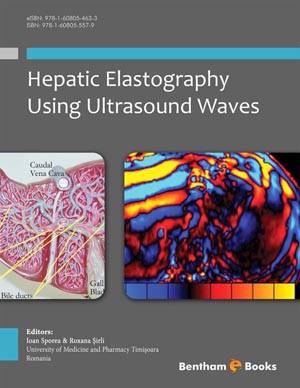Abstract
Transient Elastography (TE) is the first ultrasound-based method for fibrosis assessment, developed by Echosens (France). In order to obtain reliable liver stiffness (LS) measurements by means of TE, the manufacturer recommends that at least 10 valid shots should be obtained. They should have a success rate (SR: the ratio of valid shots to the total number of shots) of at least 60% and an interquartile range (IQR, the difference between the 75th percentile and the 25th percentile, essentially the range of the middle 50% of the data) less than 30% of the median LS value. TE fails if no valid shots can be obtained, and is unreliable if fewer than 10 valid shots are obtained. TE failure is correlated with the body mass index, increasing in obese patients. Also, unreliable results are obtained during aminotransferases flares that can lead to an overestimation of fibrosis. The LS upper limit in healthy subjects was estimated to be 5.3 kPa. Several meta-analyses assessed LS measurements by TE as a predictor of fibrosis, cut-offs for F≥2 ranging from 7.2-7.6 kPa and for F=4 from 12.5-17.3 kPa, according to the etiology of chronic liver disease. Several studies have been published regarding the value of TE for predicting the occurrence of cirrhosis complications. The AUROC’s for predicting clinically significant portal hypertension were 0.945 - 0.99, for cut-off values between 13.6 - 21 kPa, while for predicting esophageal bleeding the best cut-offs ranged between 50.7 – 62.7kPa, with AUROC’s 0.73-0.75.
Keywords: Transient elastography, liver stiffness, liver fibrosis, cirrhosis, esophageal varices.






















